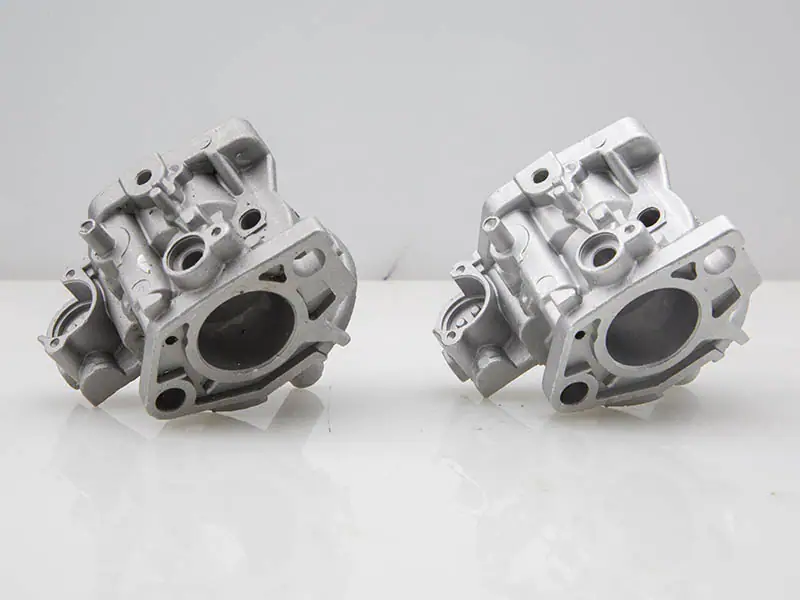Chrome-free surface passivation for aluminum alloys
Date: 2025-05-29 Categories: Blog Views: 779
aluminumIt is widely used in aerospace, automotive, electronics and other fields due to its lightweight, high strength, corrosion resistance and other characteristics. However, the traditional chromate passivation process has been strictly limited by international environmental regulations due to the high toxicity and serious pollution of hexavalent chromium. In this paper, the research on chromium-free passivation technology is carried out to explore the film-forming mechanism of silane/rare earth salt composite system, to improve the corrosion resistance of passivation film by optimizing the process parameters, and to analyze its environmental protection and economic value, so as to provide theoretical and technical references for the alternative chromate process.

From this article you can learn:
- Aluminum Applications and Corrosion Challenges--The critical role of aluminum in industry and the need for corrosion protection.
- Flaws in the chromate process--Toxicity Hazards and Environmental Regulatory Limitations of Hexavalent Chromium.
- Chrome-free passivation solutions--Research progress on environmentally friendly alternative technologies such as silanes and rare earth salts.
- Experimental methods and results--Passivation film performance testing (salt spray, electrochemical) and optimization path.
- Potential for industrial applications--Green passivation technology for sustainable development of the industry.
Aluminum applications
It is the most productive and widely used metallic material among non-ferrous metals. It is second only to iron and steel in the production of metallic structural materials.
All-aluminum engine
The advantage of a cast aluminum block is its light weight, and fuel savings are achieved through weight reduction. In an engine of the same displacement, the use of aluminum block engine, can reduce the weight of about 20 kg. For every 10% reduction in the car's own weight, fuel consumption can be reduced by 6% to 8%.
Disadvantages of chromate surface treatment
Chromate treatment method contains a large amount of hexavalent chromium ions in the waste tank solution, according to GB 8978-1996 "Comprehensive Emission Standards for Sewage", the concentration of hexavalent chromium in the waste tank solution is not more than 0.5mg/L. However, hexavalent chromium ions are carcinogenic to the human body. Long-term exposure to hexavalent chromium compounds can lead to lung cancer, upper respiratory tract cancer and gastrointestinal cancer, as well as dermatitis, allergic and eczematous skin reactions, and respiratory diseases, eye diseases, oral mucosal lesions, gastroenteritis, renal dysfunction, and other acute poisoning.
In order to meet the needs of an environmentally friendly society, surface treatment is moving towards replacing chroming. Therefore, our goal is to reduce environmental pollution.
Chromium surface passivation treatment method
At present, there are zirconium system, titanium system, manganate system, molybdate system, rare earth system, lithium salt system, silicate system, tannate system and so on in the chemical oxidation of aluminum alloy without chromium. At present, the domestic aluminum alloy anodic oxidation film without chromium sealing method using rare earth surface treatment. The effect of using cerium salt or other rare earth salt treatment method is similar to the effect of normal temperature metal salt and chromate anodic oxidation film.
Surface passivation influences
-Cerium salt concentration
-Film-forming oxidizers(potassium permanganate)concentration (percentage of dissolved material in a solution)
-Film formation accelerator(ammonium salt)concentration (percentage of dissolved material in a solution)
-temp
-timing
Experimental Procedures:
1. Degreasing treatment
Wipe with degreasing cotton moistened with solvent to remove the oil, and then wipe several times with a clean cotton cloth. Commonly used solvents are: trichloroethylene, ethyl acetate, acetone, butanone and gasoline.
2. Polishing treatment
Manual polishing, i.e. sandpaper polishing, is used according to actual needs; or chemical polishing solution is used for polishing.
3. Oxidation of aluminum
Finding optimal experimental parameters and conditions using the univariate approach.
4.Results checking and feedback
The corrosion resistance was tested by acid spot corrosion method, and the strength of the tester was tested by hardness tester. And the microstructure of the observer with an electron microscope. For the shortcomings and then improve.
Expected results
1.The treated aluminum alloys are able to meet or exceed the corrosion resistance and mechanical strength of those treated with conventional chromates.
2.The gradual replacement of chromate treatment is feasible and reliable, preferably for industrial applications. It will greatly reduce the harm caused by hexavalent chromium ions to the environment and human life and health, and make industrial production develop in the direction of environmental friendliness.

























